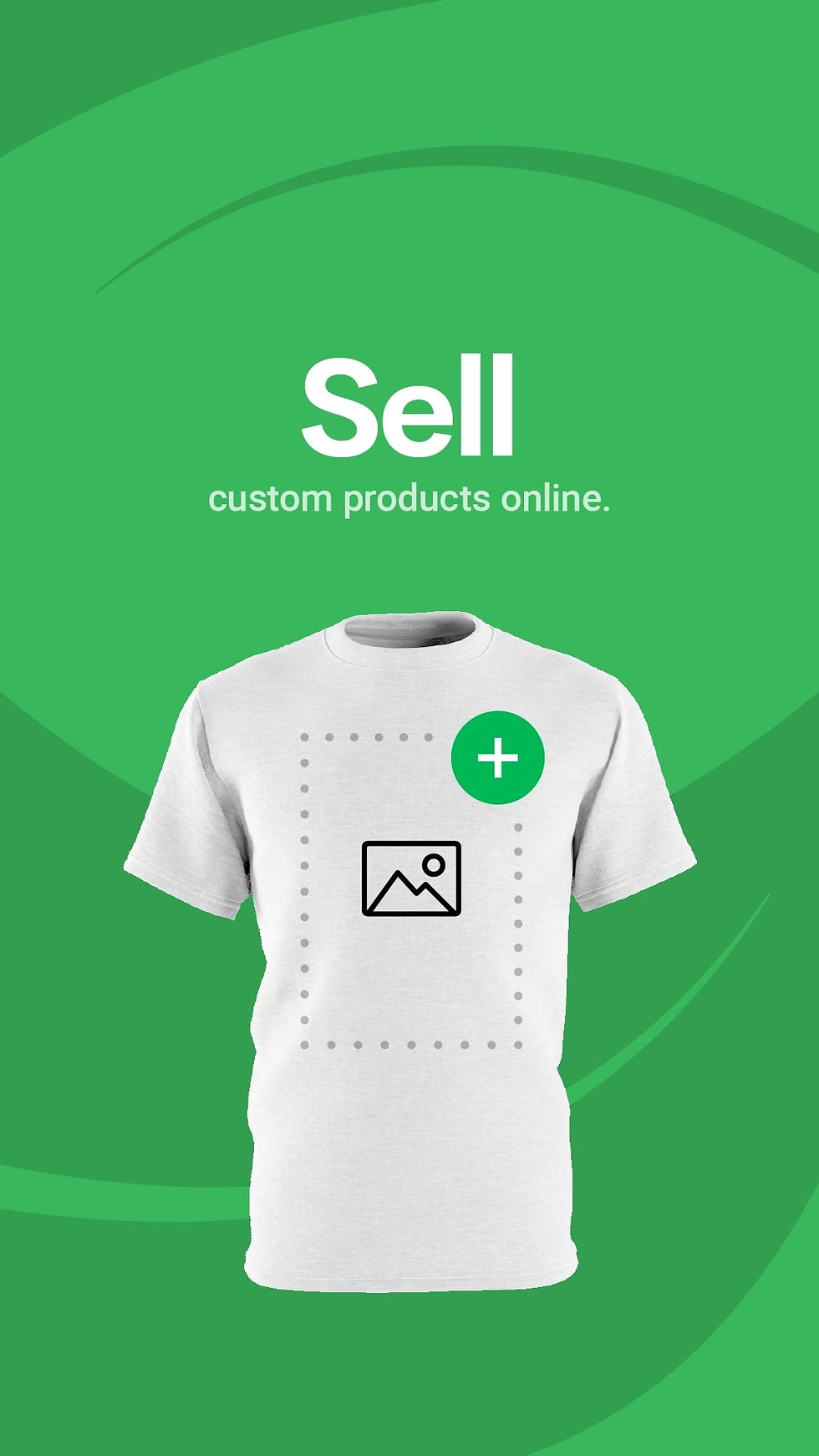Semrush Introduces SearchGPT: Revolutionizing How You Track Your Brand in AI Search Results
- Business Intelligence Staff

- May 2
- 6 min read
In the ever-evolving landscape of digital marketing, staying ahead of technological shifts isn't just advantageous—it's essential. As of April 2025, Semrush has unveiled a game-changing feature that addresses one of the most significant developments in search technology: the integration of ChatGPT tracking within its Position Tracking tool.
This new capability allows digital marketers and SEO professionals to monitor their domain's performance in ChatGPT's search results alongside traditional search engines, providing unprecedented visibility into how their brands perform in AI-powered search environments.
The Rise of AI Search and Why It Matters
The search landscape is undergoing a fundamental transformation. While traditional search engines remain crucial, conversational AI platforms like ChatGPT are rapidly becoming go-to resources for users seeking information, products, and services. This shift represents both a challenge and an opportunity for businesses invested in digital visibility.
Consider these facts:
AI search interfaces provide direct answers rather than lists of links
User behavior with AI search differs significantly from traditional search patterns
Visibility in AI search results requires different optimization strategies
Early adopters gain competitive advantages in emerging channels
As more users turn to AI interfaces for their queries, understanding your brand's presence in these environments becomes critical. This is precisely the gap that Semrush's new SearchGPT tracking feature aims to fill.
What is Semrush's SearchGPT Position Tracking?
The new SearchGPT option within Semrush's Position Tracking tool enables users to monitor and analyze their domain's performance in ChatGPT's search results. This integration brings AI search visibility into the familiar Semrush dashboard, eliminating the need for complex workarounds or additional tools.
The feature provides valuable metrics including:
Domain position tracking for target keywords in ChatGPT Search
Average position calculations for each tracked keyword
Visibility scores to gauge overall performance
Local pack tracking for business name searches
Previously, marketers struggled to quantify their presence in AI search interfaces. This feature addresses that challenge by providing concrete metrics and tracking capabilities within an established SEO workflow.
Why AI Search Visibility Should Be Part of Your SEO Strategy
Understanding your performance in AI search environments isn't merely an academic exercise—it has tangible business implications. Here's why tracking your ChatGPT visibility matters:
Expanded Brand Reach
When your domain appears in ChatGPT responses, your brand reaches audiences who may never see your website in traditional search results. AI search users often have different demographic profiles and search behaviors compared to conventional search engine users.
Trust and Authority Signals
Appearing as a source in AI-generated responses implicitly positions your brand as authoritative and trustworthy. ChatGPT often references established sources, so inclusion signals to users that your content meets specific quality thresholds.
Highly Targeted Traffic
Users interacting with AI search interfaces typically seek direct answers to specific questions. When your domain appears in these contexts, the resulting traffic tends to be highly focused and potentially more valuable from a conversion perspective.
Competitive Differentiation
As businesses race to adapt to AI-driven search, those who establish early visibility gain significant competitive advantages. Tracking and optimizing for ChatGPT visibility demonstrates technological foresight that can distinguish your brand from competitors.
Future-Proofing Your SEO Strategy
AI search isn't a passing trend—it represents the future direction of search technology. Establishing measurement and optimization frameworks now positions your brand favorably as these technologies continue to evolve and gain market share.
How the SearchGPT Tracking Feature Works
Implementing ChatGPT tracking within your Semrush campaigns is straightforward. The feature integrates seamlessly with the existing Position Tracking interface, allowing users to add ChatGPT as a search engine option when setting up or modifying tracking campaigns.
Once enabled, the system tracks your domain's appearance in ChatGPT's responses for your specified keywords, providing position data and visibility metrics similar to those available for traditional search engines.
The data appears within your regular Position Tracking reports, making it easy to compare performance across different search environments and identify opportunities for improvement.
Current Limitations to Be Aware Of
During its beta phase, the SearchGPT tracking feature comes with certain constraints that users should note:
Each user can track up to 50 keywords across all Position Tracking campaigns
Coverage is currently limited to the US market only
Tracking is available for desktop searches only
The feature does not include Estimated Traffic or Search Volume metrics
Semrush has indicated plans to expand these capabilities in future updates, potentially including additional markets and metrics as the feature matures.
Who Benefits Most from ChatGPT Position Tracking?
While valuable for virtually any digital marketing professional, the SearchGPT tracking feature is particularly beneficial for:
SEO Specialists needing comprehensive visibility data across all search environments
Content Marketers aiming to optimize content for both traditional and AI search discovery
Digital Marketing Agencies seeking to demonstrate value across emerging channels
Brand Managers concerned with how their brand appears in AI-generated content
E-commerce Businesses competing for visibility in product recommendation contexts
Strategies for Improving Your ChatGPT Search Visibility
For expert guidance on optimizing your content for AI search engines, visit Semrush for a free consultation and exclusive resources designed specifically for Semrush users
While tracking your ChatGPT visibility is the crucial first step, improving that visibility requires specific strategies. Here are approaches that early adopters have found effective:
Focus on Comprehensive Content
ChatGPT tends to prefer sources that provide thorough, nuanced coverage of topics rather than brief, keyword-stuffed content. Developing comprehensive resources that answer related questions can improve your likelihood of appearing in AI search results.
Emphasize E-E-A-T Signals
Evidence, Experience, Expertise, Authoritativeness, and Trustworthiness (E-E-A-T) remain critical for AI search visibility. ChatGPT appears to favor sources with strong credentials, clear authorship, and established domain authority.
Structure Content for Easy Processing
Clear headings, well-organized information, and logical content structure help AI systems understand and reference your content. Consider how your information might be parsed and utilized by AI systems.
Address Specific Questions Directly
Creating content that directly answers common questions in your industry can increase your chances of being referenced in ChatGPT responses. FAQ-style content often performs well in AI search contexts.
Monitor Performance and Adapt
Use Semrush's new tracking capability to identify which content performs well in ChatGPT results, then analyze those patterns to inform your broader content strategy.
How SearchGPT Tracking Differs from Traditional Position Tracking
Understanding the distinctions between traditional and AI search tracking is essential for interpreting your data effectively:
Traditional Search Tracking | ChatGPT Search Tracking |
Tracks position in ranked lists | Tracks mentions within conversational responses |
Position 1-10 highly valuable | Any mention potentially valuable |
Click-through rate crucial metric | Mention context and attribution more important |
Competitive landscape clearly visible | Competitor mentions may be less obvious |
More stable day-to-day results | May show higher variability in responses |
These differences highlight why dedicated tracking for ChatGPT visibility is necessary rather than simply extending traditional SEO metrics.
Integrating ChatGPT Tracking into Your SEO Workflow
To maximize the value of this new feature, consider these implementation recommendations:
Select representative keywords that reflect how users might phrase questions to ChatGPT
Compare performance patterns between traditional search and ChatGPT results
Identify content gaps where you perform well in traditional search but poorly in ChatGPT
Create regular reporting cadences that include AI search visibility metrics
Develop specific KPIs for AI search performance improvement
The Future of AI Search Tracking
While Semrush's SearchGPT tracking represents a significant advancement, this is likely just the beginning of AI search analytics. As these platforms evolve, we can anticipate:
More granular tracking capabilities
Sentiment analysis of how brands are mentioned
Expanded geographic coverage
Integration with additional AI platforms
Advanced recommendation engines for optimization
Conclusion: Embracing the AI Search Revolution
The introduction of ChatGPT tracking in Semrush's Position Tracking tool marks a pivotal moment in SEO analytics. As AI search continues to reshape user behavior and search technology, having visibility into your performance across all relevant platforms becomes increasingly essential.
By incorporating ChatGPT tracking into your SEO strategy now, you position your brand to thrive in an increasingly AI-driven search landscape. While traditional search engines remain crucial, forward-thinking marketers recognize that comprehensive search visibility now requires attention to emerging AI channels.
Semrush's innovation in this space demonstrates their commitment to providing marketers with the tools needed to navigate an evolving digital landscape. For Guru and Business tier users with access to this beta feature, now is the ideal time to begin gathering data, testing strategies, and establishing competitive advantages in AI search visibility.
Are you using Semrush's new SearchGPT tracking feature? What insights have you gained from monitoring your AI search visibility? Share your experiences in the comments below!





.jpg)
.png)

_gif.gif)

Comments